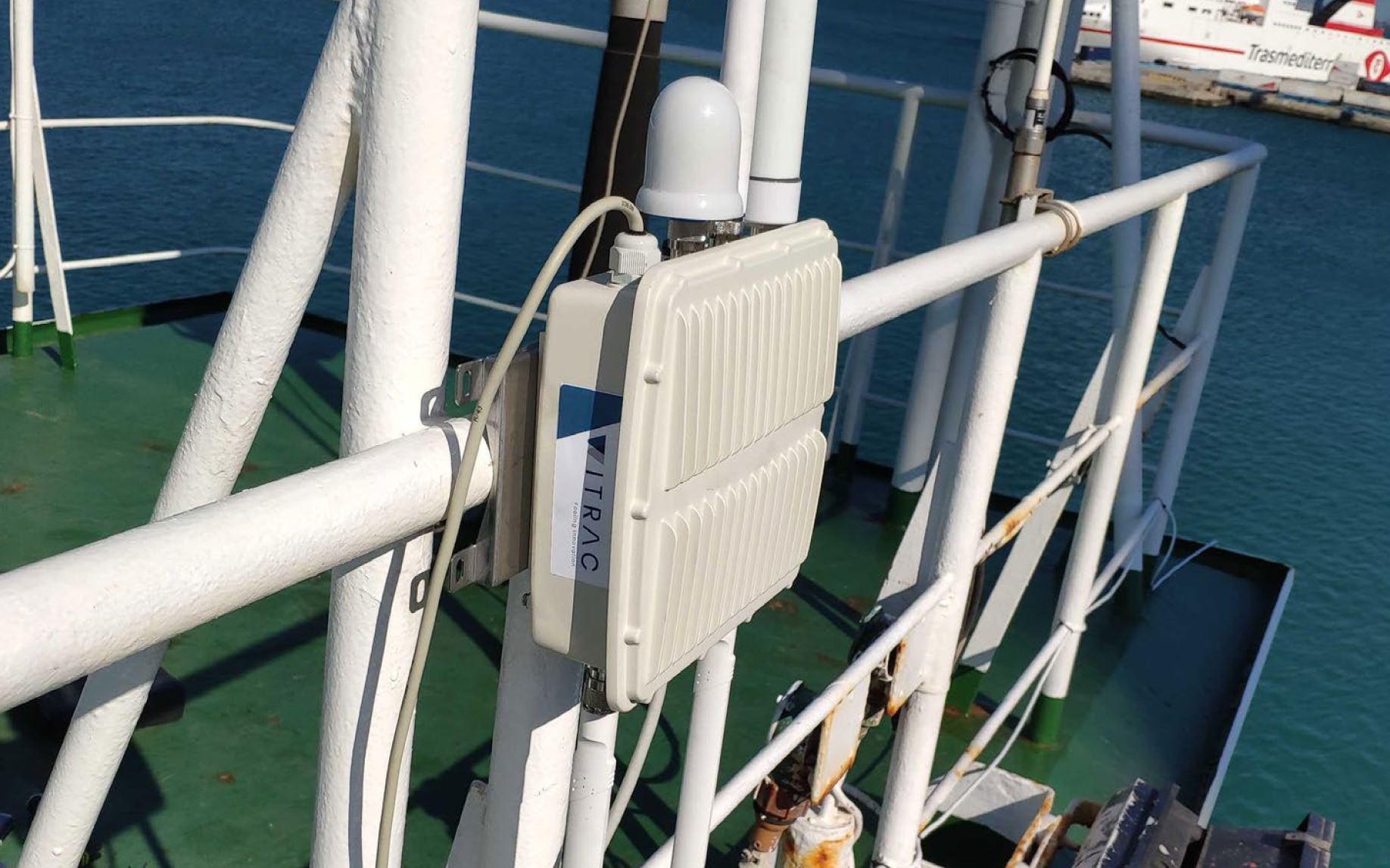Gideon, the robotics and AI solutions company, has launched Casey, an autonomous case picking and process optimisation solution.
The new solution helps companies manage the severe labour shortages and surging e-Commerce demand by automating and optimising manual case picking. The rise of e-commerce, due to its higher labour intensity and customer expectations, is a clear signal that new automation solutions are the key to sustainable growth. Recent forecasts – Statista data, for example, point to a 50% rise of e-Commerce to US$7.4tn worldwide by 2025 – add urgency.
Casey is a complete case picking solution, pairing Gideon’s super flexible, AI- and vision-based autonomous mobile robots and optimisation software. It brings people and robots into an intelligent partnership, increasing throughput and productivity by removing inefficient workflows, costly infrastructure, and scalability bottlenecks. It eliminates product and equipment damage costs and reduces labour costs by up to 40%.
“We are proud to announce the new addition to our product family,” said Josip Ćesić, Gideon CTO and co-founder. “The traditional case picking is an entirely manual process, and it comes with high cost, low safety, and limited scalability. We bring a new way to solve the old problem: enabling people and robots to collaborate closely and create more value by working together in an optimised way,” Josip Ćesić said.
The Casey solution brings value by creating a measurable impact on multiple levels. It reduces costs and increases throughput and productivity by optimising robot and people workflows, reducing in-aisle walking, and improving pick rate and accuracy. It provides real-time operations visibility, helping cut unplanned production downtime. And finally, it’s easy to deploy and scale up or down with minimal impact on the existing infrastructure and workflows.
The Casey solution includes the company’s autonomous mobile robots with a load capacity of 1,000kg, powered by Gideon’s proprietary autonomy stack and equipped with a simple picking application. The solution also comprises software that optimises the workflow of people and robots for maximum productivity and enables quick integration with warehouse management systems, and smart devices.
CLICK HERE to watch a video.





